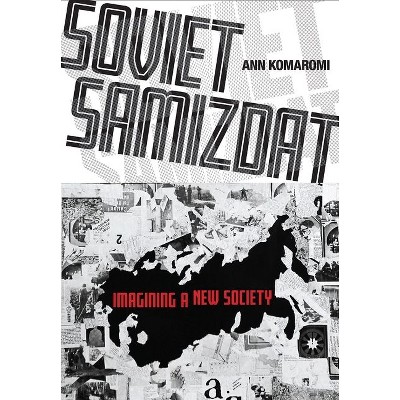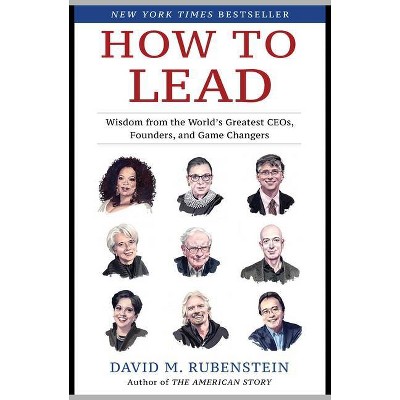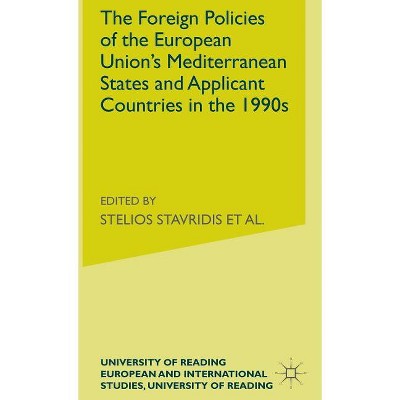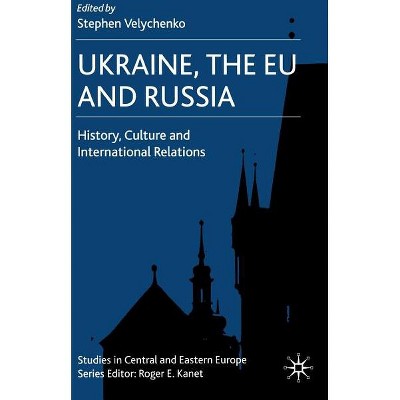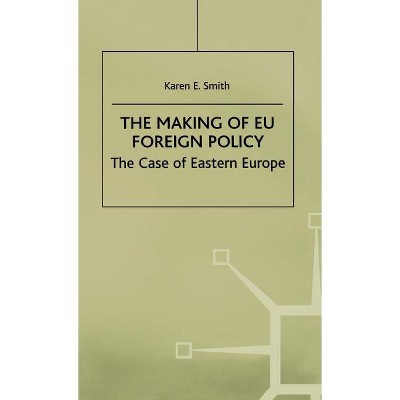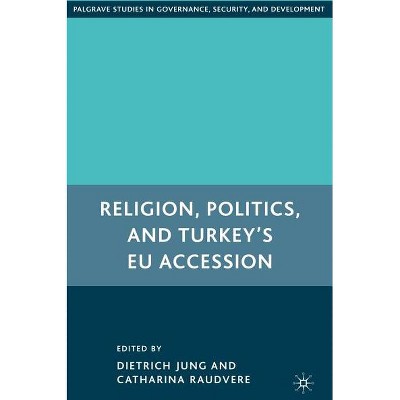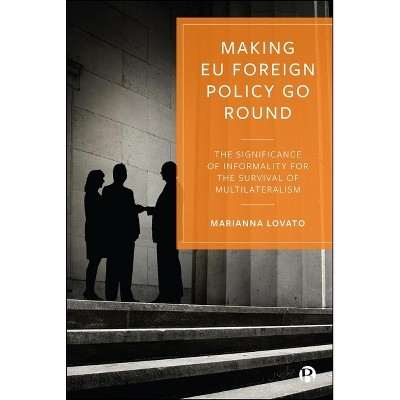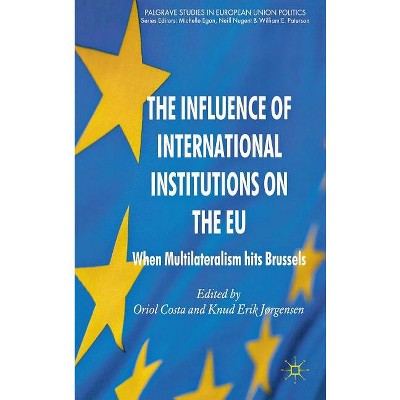Sponsored

What Makes the EU Viable? - by A Glencross (Hardcover)
In Stock
Sponsored
About this item
Highlights
- Drawing on international relations theory, law and historical analysis, this book compares European integration with the antebellum USA to assess what makes the EU viable despite contestation over the rules of the game of integration.
- About the Author: ANDREW GLENCROSS is Lecturer in International Relations at the University of Pennsylvania, USA.
- 232 Pages
- Political Science, International Relations
Description
Book Synopsis
Drawing on international relations theory, law and historical analysis, this book compares European integration with the antebellum USA to assess what makes the EU viable despite contestation over the rules of the game of integration. It reveals that changing the system of representation is no shortcut solution for the EU's constitutional woes.Review Quotes
'A highly original, well-written and conceptualized book that makes an important contribution to ongoing debates in both EU studies and IR. The analysis provides a well articulated, critical vantage point for the assessment of the viability of the European integration process and will also be read with great interest and profit by all those interested in the reasons for the failure of the original US design.' - Friedrich Kratochwil, Professor of International Relations, European University Institute, Italy
'An outstanding contribution to the study of international politics. Firmly grounded in a mastery of several substantial literatures, this treatment of both the US and EU cases is distinguished by its historical and theoretical sophistication and breaks important new ground in its sophisticated comparative treatment of these cases.' - Daniel Deudney, Associate Professor of Political Science, The Johns Hopkins University, USA
About the Author
ANDREW GLENCROSS is Lecturer in International Relations at the University of Pennsylvania, USA. His research focuses on European integration, especially the problem of negotiating state sovereignty and configuring political representation in the EU as compared with the United States.Shipping details
Return details
Frequently bought together

Trending Non-Fiction






